Developing something new, as in a new video game IP, is always a risk. You have to hope that you’ve made the right decisions, bet on the correct horse and developed something that will both impress and sell. If you don’t hit the nail on the head, it can mean lost money and related business issues.
Enter Forspoken, from Square Enix and Luminous Productions. A brand new intellectual property, it’s an attempt at creating what could end up being a new franchise, provided this one does well. The Internet hasn’t been too kind to this game so far, but — after playing through it over the last week — I must say that I feel the negative hive mind and related shit posts are being unfair.
Is Forspoken great? No. It’s rough and feels kind of dated. That said, I enjoyed it and didn’t have to push myself to play it.

This is the story of Frey Holland, who was left in New York City’s Holland Tunnel when she was just a baby. After growing up in the foster system, she takes up residence in an abandoned apartment building with her cat, Homer. Things aren’t great there, nor are they in her day-to-day life, which is a struggle due to poor decisions, a lack of opportunity and legal issues.
It’s in a courtroom where we first meet Frey, who attempts to defend herself and avoid jail. Shortly afterwards, we’re introduced to some of her mean spirited associates, to whom she owes money or something else. After that, shit starts to hit the fan.
It isn’t long before Frey finds a golden vambrace in a cluttered storage room, then discovers a strange looking portal to another dimension. Falling through it leads her to the cruel land of Athia — a troubled location ripped out of your average fantasy story.
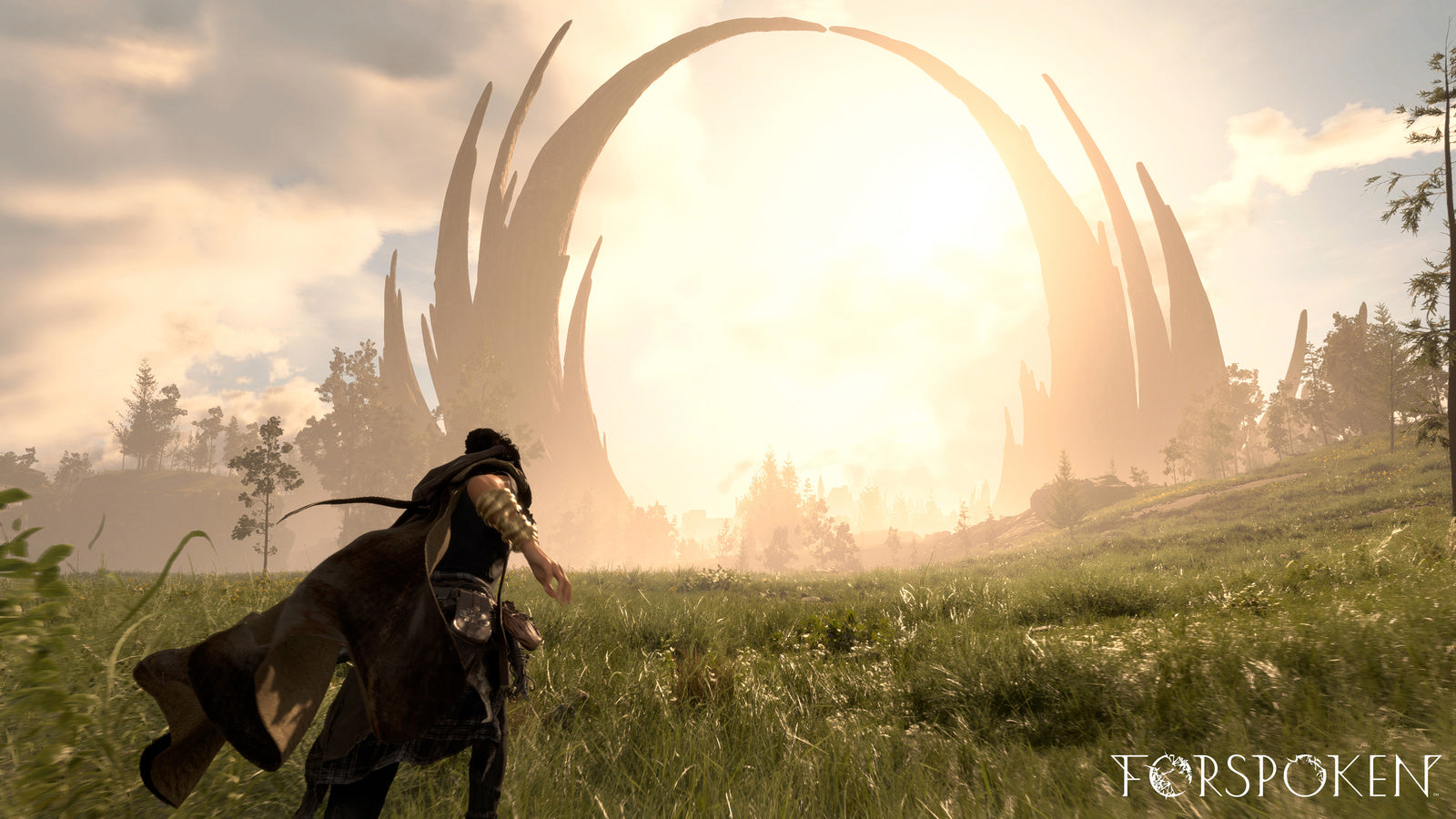
Upon entering Athia, Frey learns that the land is in trouble, due to a strange form of corruption that she comes to call the Break. This badness has corrupted animals, created evil creatures and turned most of the residents of this fictional world into zombies. Only some have survived, and they live in a city called Cipal, where classism remains alive and well. Other areas are oddly coloured, and subject to occasional bouts of Break, which is shown as an incredibly windy, blue hued storm full of ghastly foes.
Unable to return home, and with unexpected magical powers thanks to her new vambrace (aka. Cuff), Frey finds herself thrown into the battle for Athia. At least, after dealing with another court proceeding after which she’s locked up in a tower. Her journey will send her from one tip of Athia to the next, and to different castles that house the world’s deranged leaders known as Tantas. Women who were once revered, but have since become corrupted, mean and unpredictable.
Forspoken is a mix of a character action game, a third-person shooter and an open world RPG. It mixes lots of ranged magical combat with some close quarters magic-based swordplay and fast-paced and athletic parkour. You’ll speed around outdoor environments, jumping over rocks and other barriers, all while shooting spells at foes. Some of these engagements are optional and avoidable, but you’ll want to fight to gain experience points and level up.
The first type of spell you’ll learn involves shooting small and medium sized rocks at enemies. You can use a machine gun-esque automatic approach, shoot rocks in blasts befitting a shotgun or use an attack type that shields you while it emits hurtful projectiles. It depends on your play style.
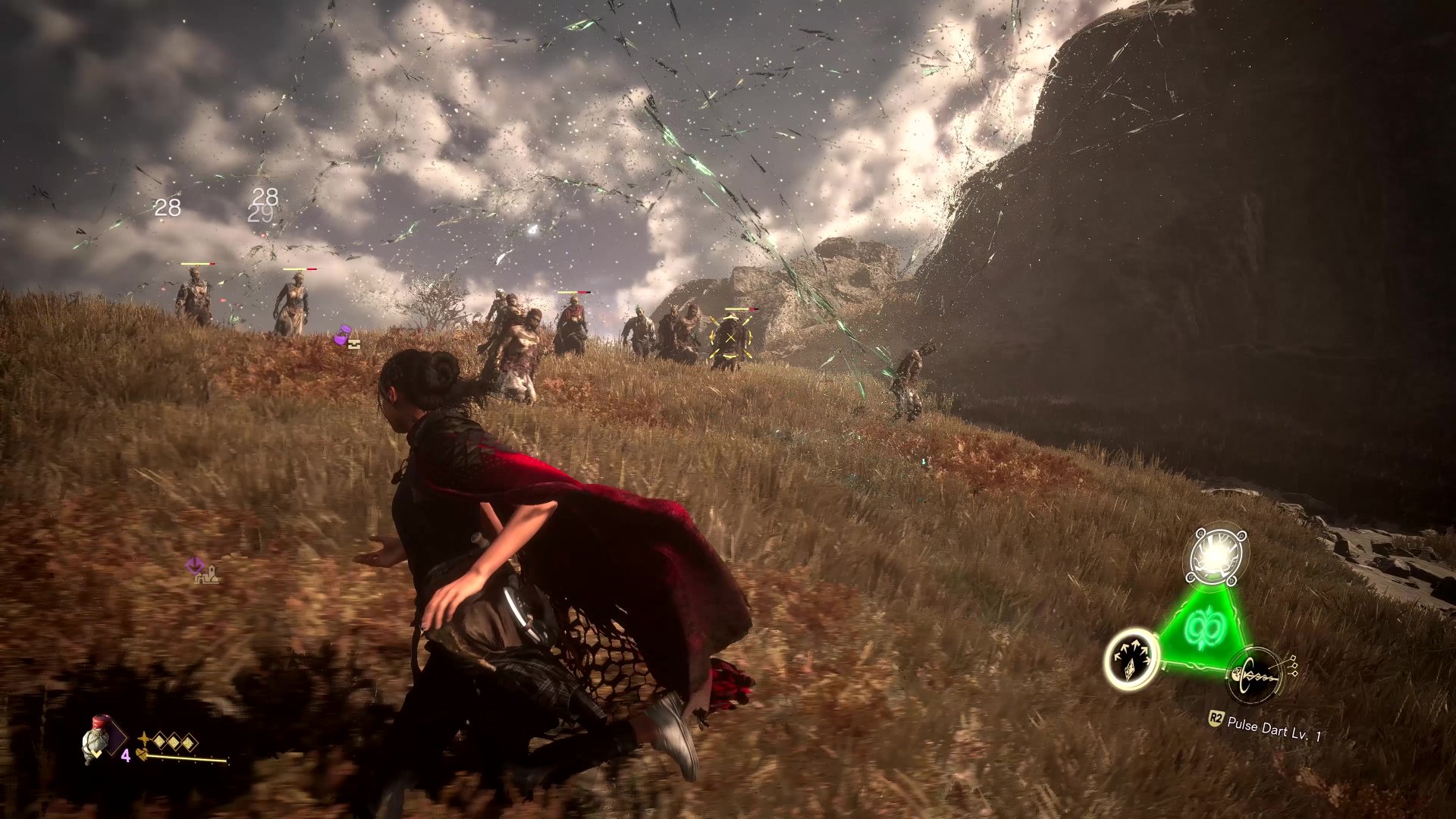
As you progress and meet the Tantas, you’ll learn new magic types, including a flaming sword and spear combination, water based arrows and a green type of electrical magic. Each of these magics has different attack types, and they can all be upgraded by collecting and spending mana. It’s something you’ll see all over the map, presented as bluish white wisps.
Completing challenges can also allow you to upgrade your spells and abilities. These include hitting multiple enemies at once, killing enemies who are vulnerable to a certain type of magic, climbing a certain amount of feet and many others.
Its important to note that Forspoken uses both triggers for combat. You can choose or rotate through a number of different spells and abilities, and assign one (base attack) to the right trigger and another, lesser used ability to the left one. Examples of R2 attacks include the rapid fire rock throwing I mentioned above, and the flaming melee sword. L2 offers dash attacks, the ability to leech health from enemies (using a plant-like tendril) and more, all of which are magic based. Then, when you’ve filled a meter, you can unleash a special and more damaging attack by pressing both triggers at the same time. This is your most powerful ability.
Think of them as base, heavy and special attacks.
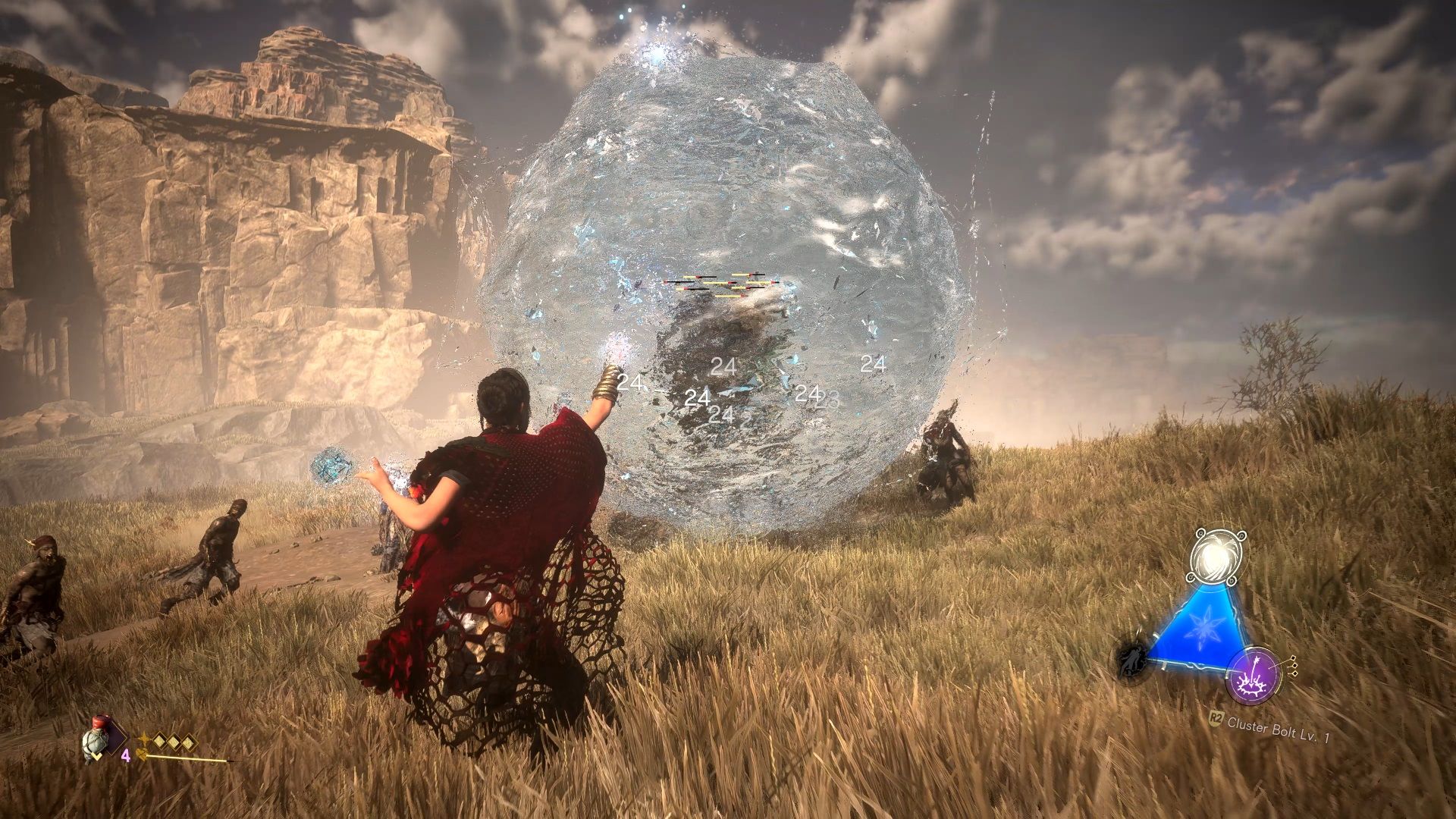
The majority of this third-person experience is comprised of story missions, which are scattered across the game’s twelve different chapters. One must seek out additional side objectives/quests, which aren’t nearly as in depth as in other similar games. A few task you with following a cat, who wishes to lead you to collective trinkets; another involved receiving a tour of Cipal; then, there is one that asks you to use Frey’s cellphone to take pictures of Athia for two street children. It’s honestly kind of disappointing after playing through many amazing side quests in Horizon: Forbidden West.
The majority of Forspoken’s side content comes from original ruins, labyrinths and the like. These will ask you to kill all enemies or defeat a boss in a certain amount of time, or just take out every enemy. Or, as with the labyrinths, you’ll make your way through different rooms full of foes. Completing these will provide added experience, give you a chance to collect special items/materials and give Frey different cloaks and necklaces.
The game’s menu system allows you to equip one cloak and one necklace, with each having their own stats, some of which can be upgraded using plants and types of stones. It also lets one paint Frey’s nails for attack, magic or defensive bonuses. Neuter system is very in-depth, though.
Flowers and rocks, as well as piles of wood, can be found scattered throughout the game’s large but too empty map. Collecting them allows for the aforementioned upgrades, but also leads to being able to craft health draughts. If you have the right materials, it’s also possible to increase the amount of health items you can carry.
Crafting is almost always done at inns, where Frey can also rest in a bed or take on new challenges. You’ll find these on the map, and can use them as fast travel locations. It’s also a place to engage with cats, some of whom can be freed from familiar statues. Freeing these feline familiars means they’ll always appear at inns, and may potentially sleep with Frey. As a cat fan, I had to stop and pet (or free) all of the cats I saw, and appreciated those mechanics.
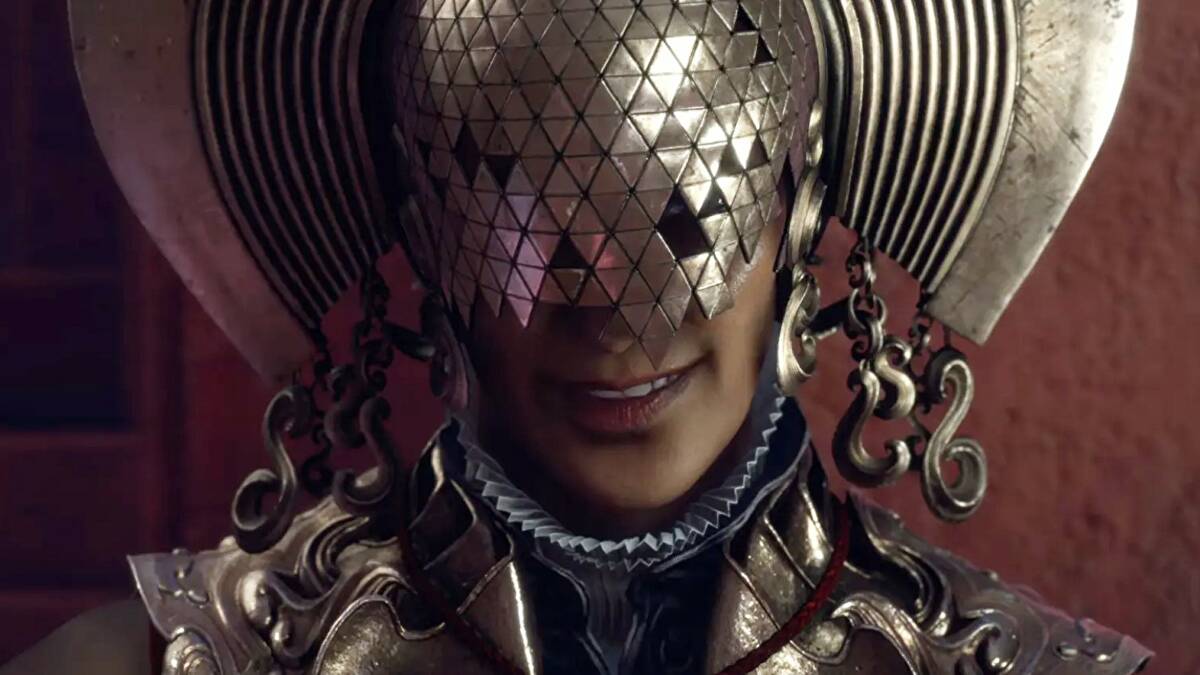
For the most part, all of the above was somewhat enjoyable and actually kind of addicting. I got into this game despite its faults and overall roughness, not to mention its too empty world. The combat was repetitive but somewhat fun, but the controls weren’t tight enough and nothing — outside of the almost nonexistent load times — felt truly next-gen.
I also wasn’t a fan of how slow the second last chapter was, with its decided upon form of storytelling tasking the player with going from one bubble to another, ad nauseam. Each bubble contained some dialogue and visual storytelling, but there were so many of them to stand and watch. Way too many. It really slowed things down, much like the numerous different times where Frey stops to ask Cuff (who speaks!) questions.
Moving on: although a developer stated that Forspoken would take us 35-40 hours to complete, I beat it in between 16-17 hours. This was a pretty thorough play through, involving quite a bit of side content. I definitely didn’t rush, and always had lots of mana to spend because I collected a ton. Hell, I also lost time fighting more powerful, mutated forms of enemies.
Presentation-wise, this is a mixed bag.
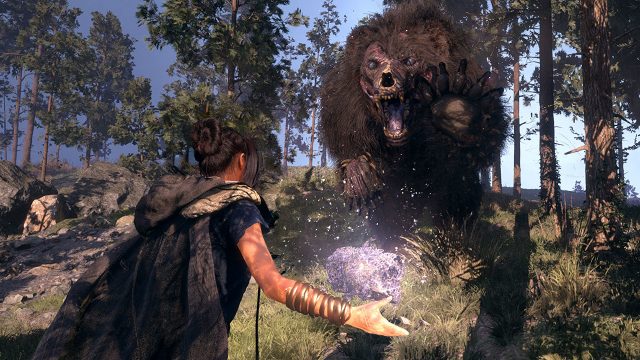
At times, Forspoken looks quite nice, but it’s often marred by some blurriness, too much bloom and fog effects. It isn’t visually up to par with other PlayStation 5 exclusives, that’s for sure, but it does look fine. It’s just too empty and repetitive looking.
This game has three different visual settings. One favours performance and is quite smooth at 4K/60 frames-per-second, while another favours visuals. The third is similar to the second one, but it adds raytracing. Choosing to favour visuals and/or raytracing does affect the frame rate and can take a bit of time to get used to. That said, all three settings were good, apart from some slowdown in one of the earlier areas when I had raytracing on.
The sound is better, thanks to very solid voice acting, decent writing (for the most part) and some good original music. That said, Forspoken features a lot more f-words than any other game I’ve ever played. To be honest, I expected more, but there were still quite a few.
Frey isn’t the most likeable character, either. She’s grumpy and selfish, and can be rude. You may not identify with her, but she’s definitely a strong willed Black female character.
With all that being said, I understand why some people don’t like Forspoken much. It is rough and dated feeling, but I found it to be enjoyable and almost wish it’d been longer. Wait for a sale for this one, but check it out if it interests you. It’s a decent game.

